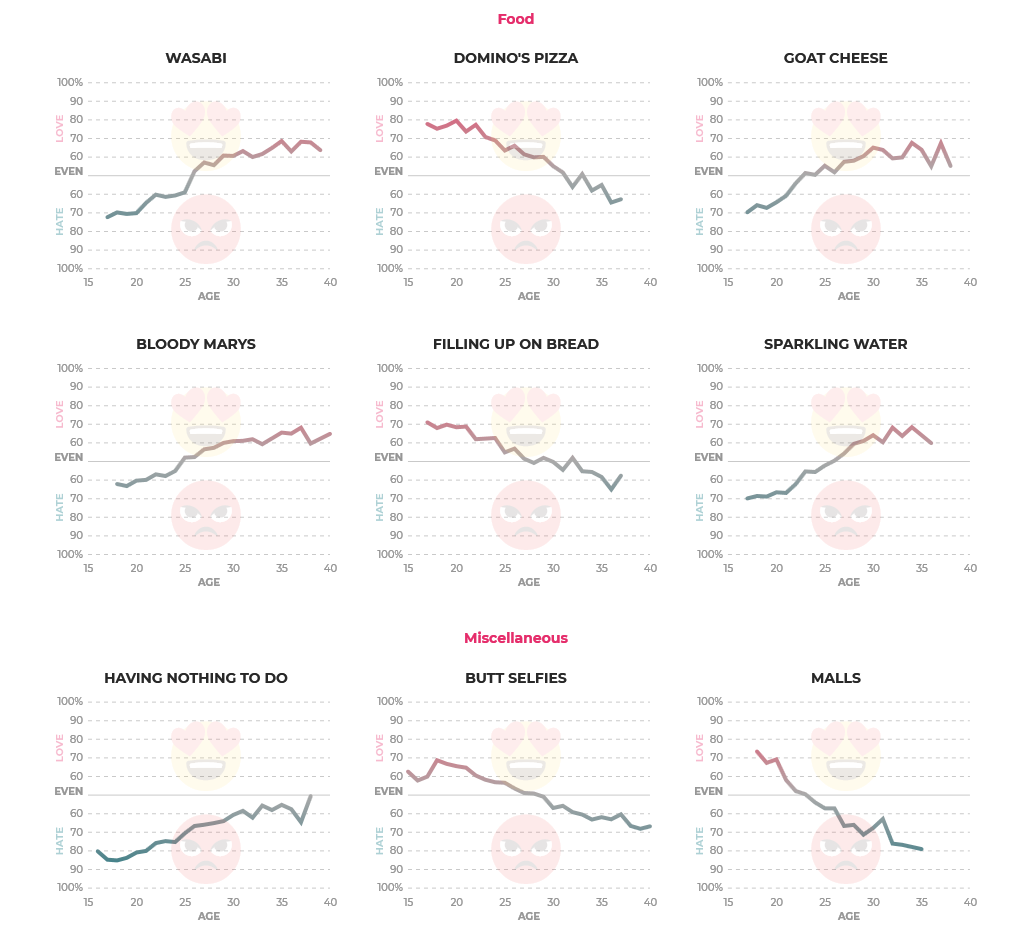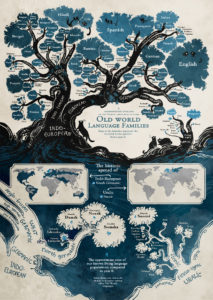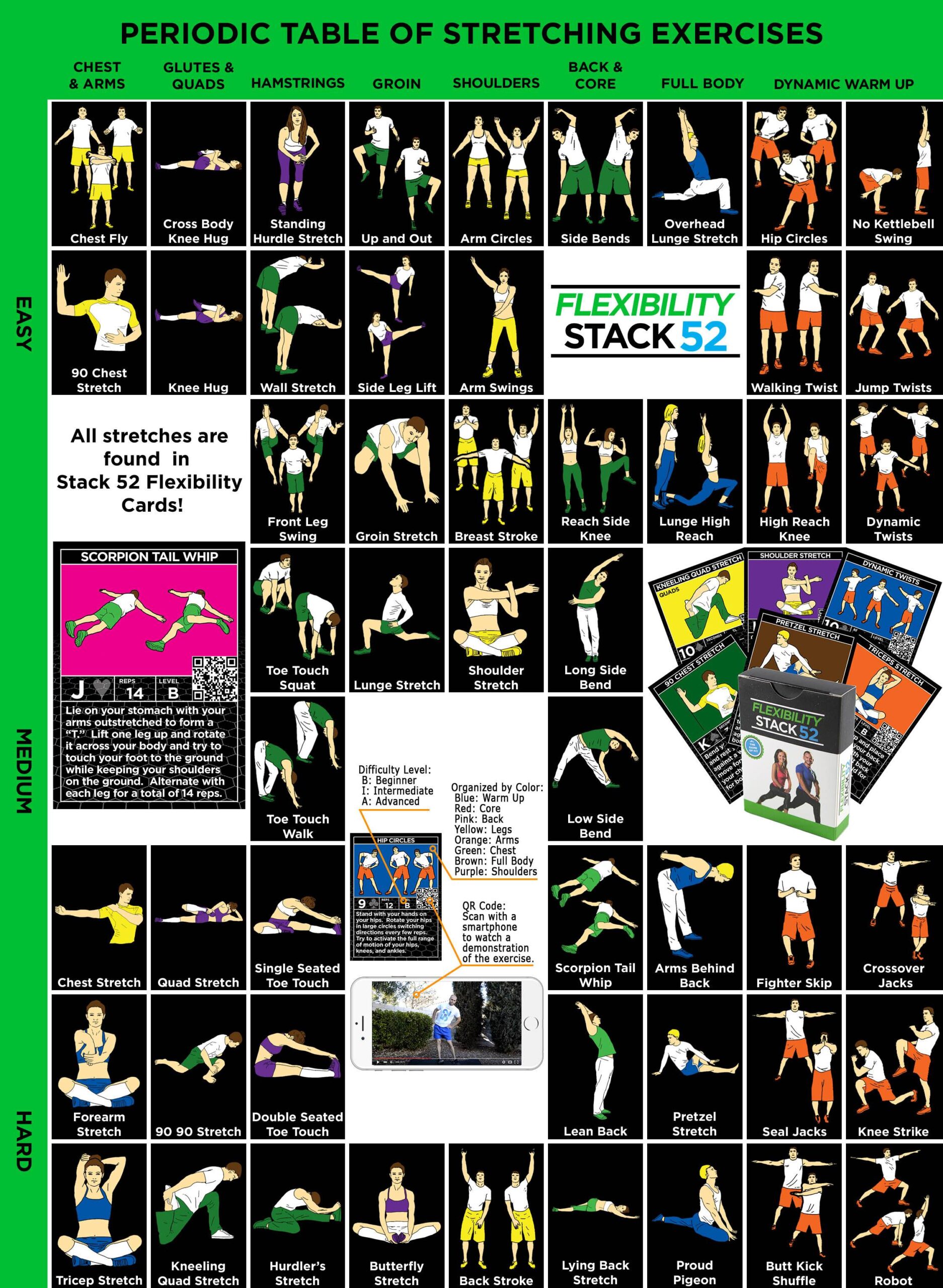Yet the fallacy of meritocracy persists. Corporations, non-profits, governments, universities and even preschools test, score and hire the ‘best’. This all but guarantees not creating the best team. Ranking people by common criteria produces homogeneity. And when biases creep in, it results in people who look like those making the decisions. That’s not likely to lead to breakthroughs. As Astro Teller, CEO of X, the ‘moonshoot factory’ at Alphabet, Google’s parent company, has said: ‘Having people who have different mental perspectives is what’s important. If you want to explore things you haven’t explored, having people who look just like you and think just like you is not the best way.’ We must see the forest.
Source: Why hiring the ‘best’ people produces the least creative results — Quartz



